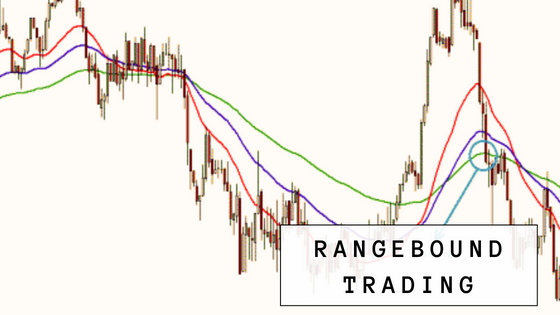The extensively lush woodlands of Estonia, constituting about 50% of the country’s total land area, underscore the importance of the forest sector in the country’s socio-economic structure. Forest sales, a pivotal part of the sector, is an intricate process that extends beyond the simple sale of timber. It involves the sale of actual forest lands, a procedure tied up in stringent legislation and ecological considerations.
Forest Valuation: A Pivotal Beginning
At the heart of any metsa müük is the act of valuation. The value of a forest land isn’t only based on the market prices but is also intrinsically tied to the forest’s unique attributes. Considerations such as the forest’s wood type, regional prices for forest raw material sale, and geographical attributes heavily influence the evaluation process.
Various features, including the landscape characteristics, the execution of maintenance cuttings, the forest land’s fertility, area, and the diversity in the species of the growing trees, factor into the price determination. These multifaceted criteria guide the need for an accurate and reliable evaluation service to determine the most suitable selling price.
Landscape Accessibility: A Crucial Consideration
Accessibility is paramount for forest lands, impacting selling and purchasing decisions considerably. Geographical specifics can present challenges for forest management and navigate the final pricing. Isolated regions or areas neighboring natural water bodies require a more strategic evaluation to reflect an accurate price that factors in these potential drawbacks.

The Impact of Forest Cultivation and Maintenance Cuttings
Forest cultivation, coupled with the execution of maintenance cuttings like thinning and regeneration cuttings, is instrumental in ensuring the overall health and sustainable growth of a forest. Timely execution of these services not only preserves the forest but also can increase its long-term value.
Transfer of Ownership and the Vital Role of Notaries
Ownership transfer is a legal matter with implications at every stage of the forest sales process. Both buyer and seller need to understand these implications to prevent future complications. This is where notaries come into play, facilitating the legal conveyance of ownership rights.
The notary assists in confirming the identities of buyers and sellers, the transfer of cutting rights, and the execution of contractual obligations. Their role is crucial in ensuring that the sale navigates seamlessly through the legal processes and into the completion of the ownership transfer.
Forest Renewal and Maintenance: A Pre-Sale Essential
For landowners, ensuring forest renewal and regular maintenance before finalizing a sales deed is critical in forest sales in Estonia. Maintaining forest health and value not only increases the forest’s attractiveness to potential buyers but also promotes its longevity and sustainability.
In Conclusion
Selling forest land in Estonia demands a detailed procedure involving multiple facets. From evaluation to ownership transfer, every step holds importance. The focus never veers away from promoting fair transactions, sustainable forest maintenance, and responsible use of one of the country’s largest natural resources. This thought-out process not only ensures the preservation of the country’s natural wealth but also optimizes the potential income for landowners.











